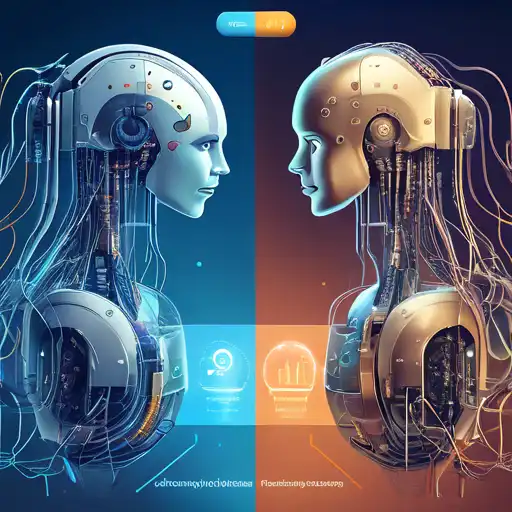Introduction to Machine Learning and Deep Learning
In the realm of artificial intelligence (AI), machine learning and deep learning are two of the most talked-about technologies. While they share some similarities, their differences are significant and impact how they're used in solving problems. This article delves into the key differences between machine learning and deep learning, providing insights into their unique characteristics and applications.
What is Machine Learning?
Machine learning is a subset of AI that enables systems to learn from data, identify patterns, and make decisions with minimal human intervention. It uses algorithms to parse data, learn from it, and then make informed decisions based on what it has learned.
Types of Machine Learning
- Supervised Learning: The model is trained on labeled data.
- Unsupervised Learning: The model finds patterns in unlabeled data.
- Reinforcement Learning: The model learns through trial and error to achieve a specific goal.
What is Deep Learning?
Deep learning, a subset of machine learning, mimics the workings of the human brain in processing data for use in detecting objects, recognizing speech, translating languages, and making decisions. It uses neural networks with many layers (hence the term 'deep') to learn from large amounts of data.
Key Features of Deep Learning
- Neural Networks: Utilizes layers of nodes similar to neurons in the human brain.
- Data Volume: Requires large datasets for training.
- Computational Power: Demands significant computational resources.
Machine Learning vs. Deep Learning: The Key Differences
While both machine learning and deep learning fall under the umbrella of AI, they differ in several ways:
- Data Dependency: Deep learning requires large amounts of data to perform well, whereas machine learning can work with smaller datasets.
- Hardware Requirements: Deep learning needs more powerful hardware, such as GPUs, compared to machine learning.
- Feature Extraction: Machine learning often requires manual feature extraction, while deep learning automatically discovers the features to be used for classification.
- Processing Time: Deep learning models take longer to train due to the complexity of the algorithms and the volume of data.
Applications of Machine Learning and Deep Learning
Both technologies have a wide range of applications across various industries:
- Machine Learning: Spam detection, recommendation systems, fraud detection.
- Deep Learning: Autonomous vehicles, voice assistants, image recognition.
Conclusion
Understanding the differences between machine learning and deep learning is crucial for selecting the right approach for your AI projects. While machine learning is suited for tasks with limited data and resources, deep learning excels in handling complex problems with large datasets. As AI continues to evolve, the line between these two technologies may blur, but their core differences will remain significant.
